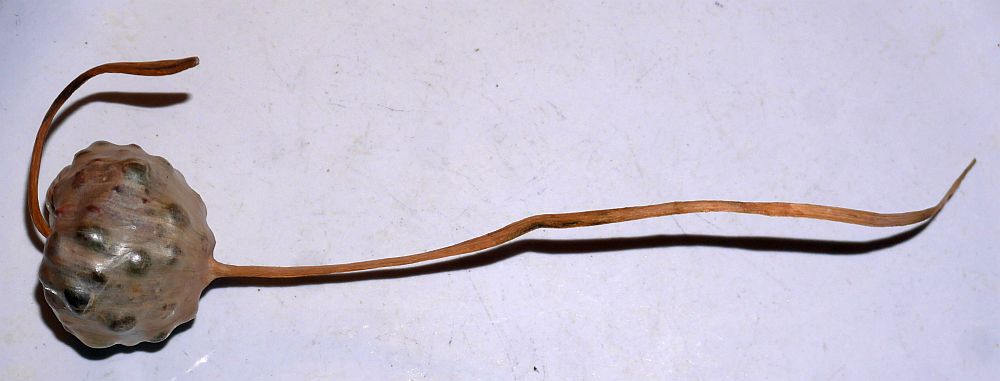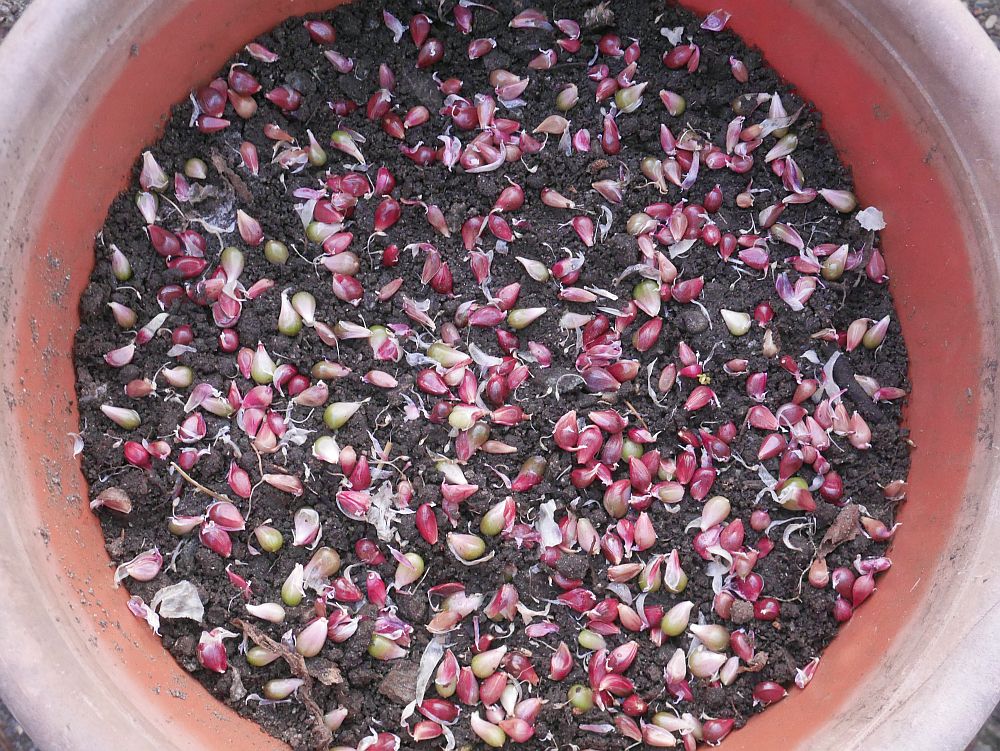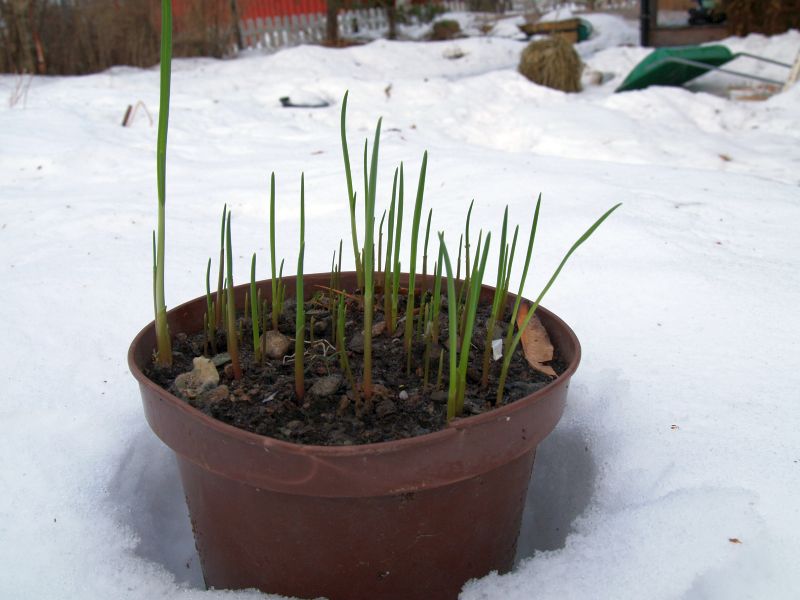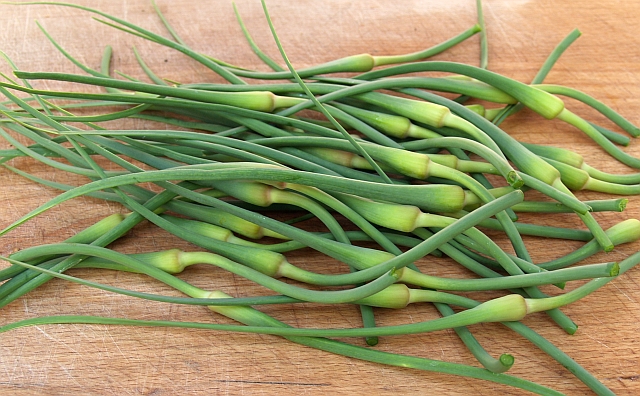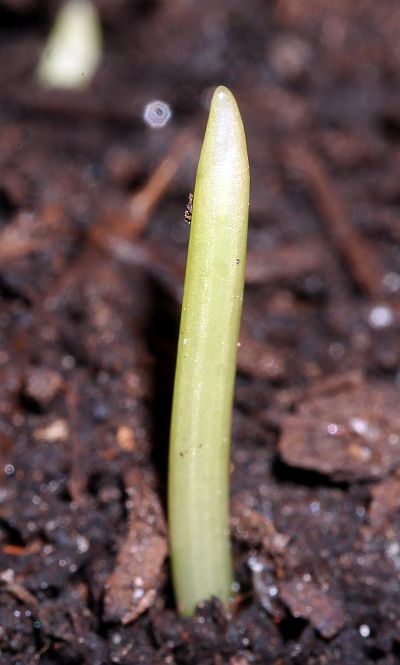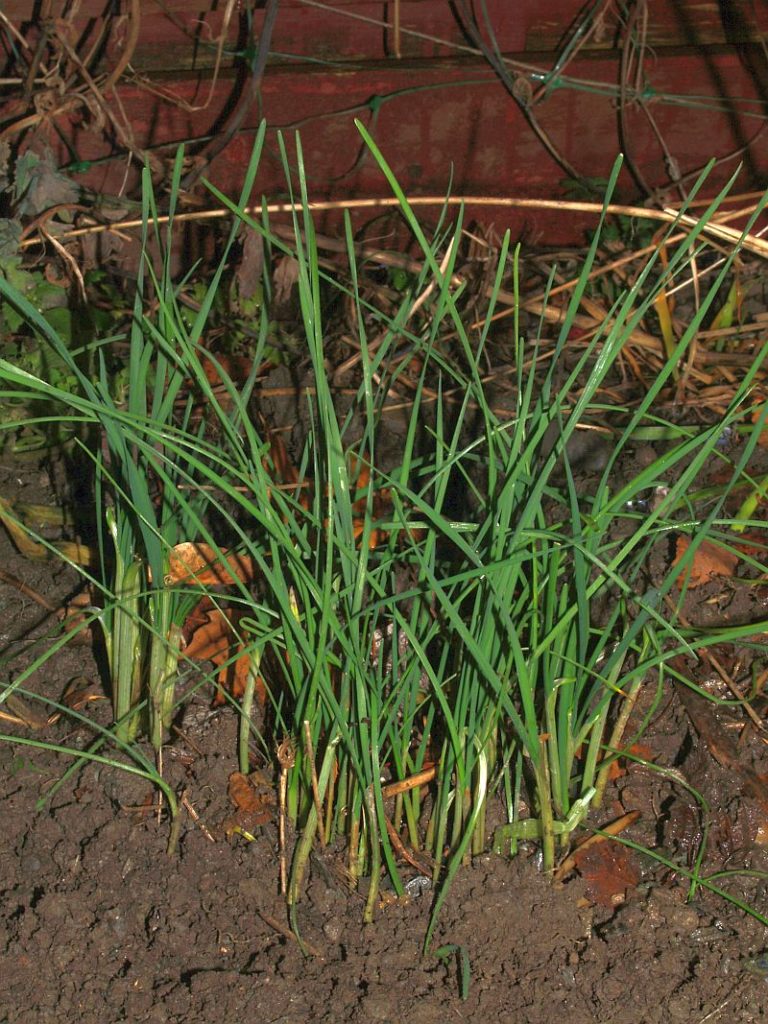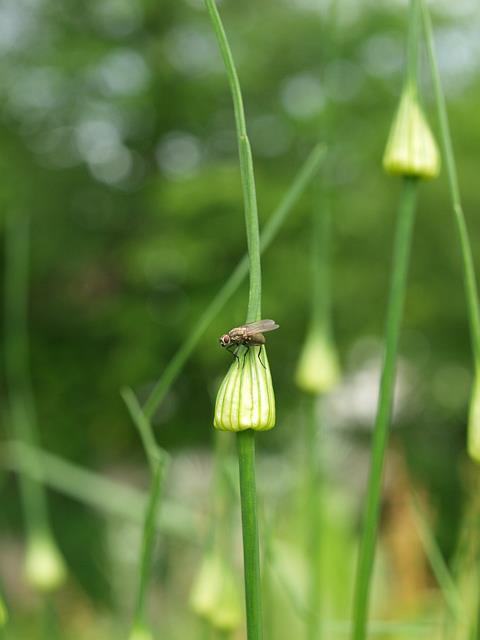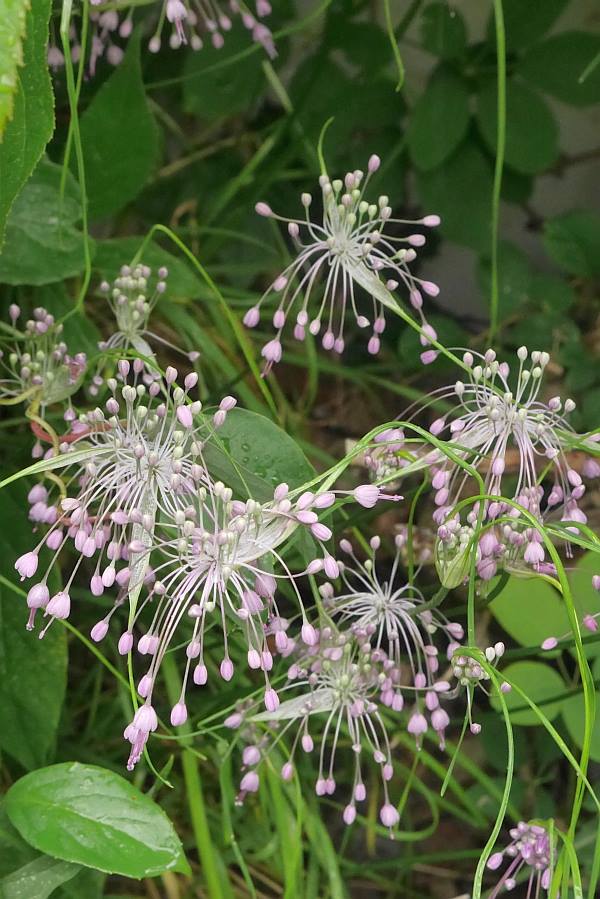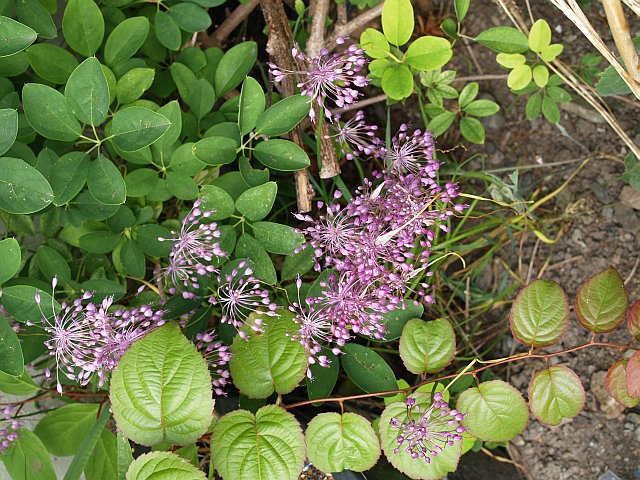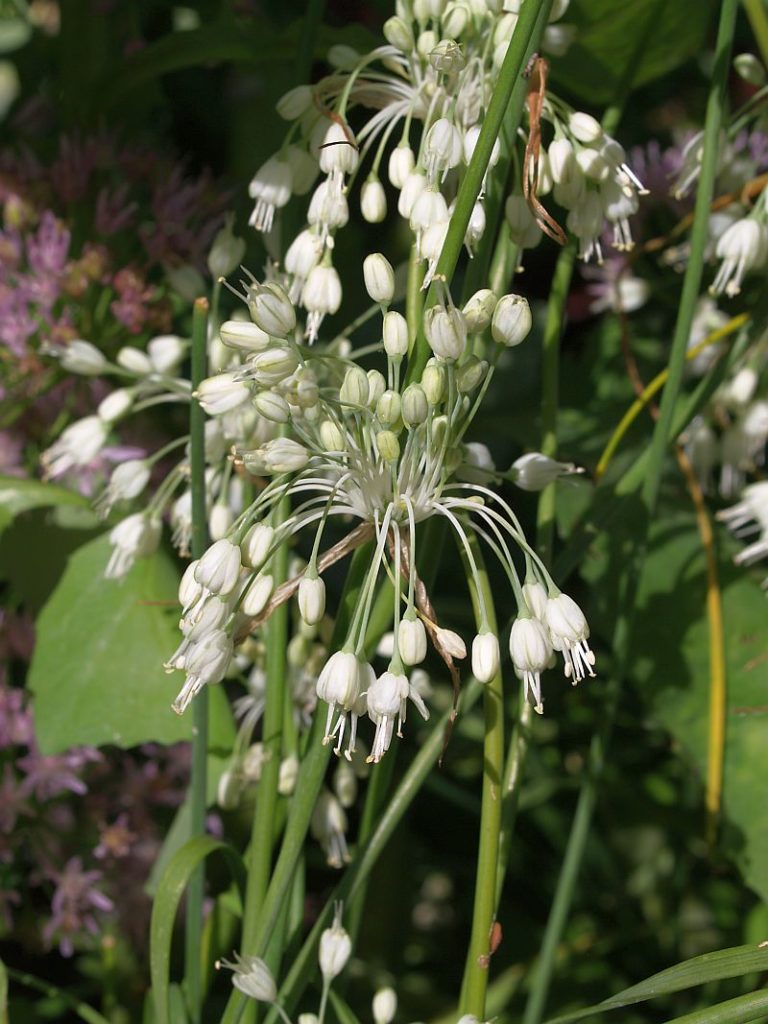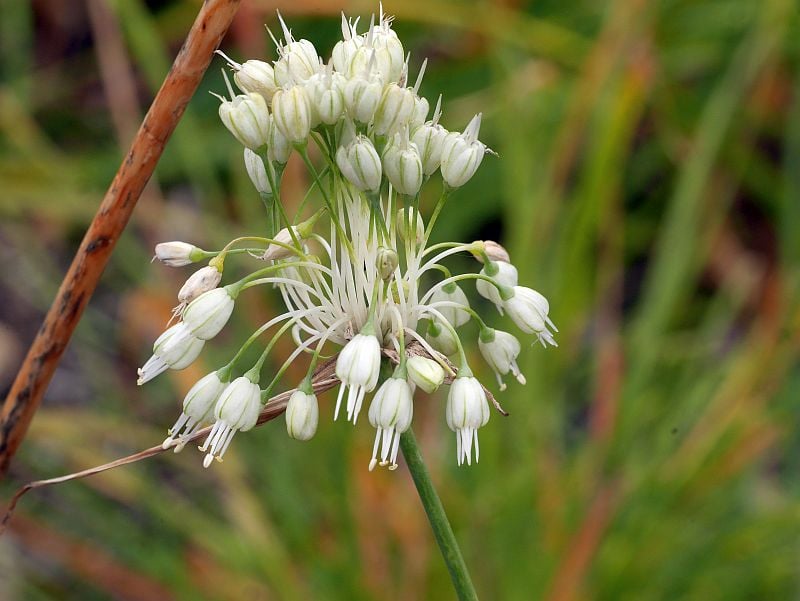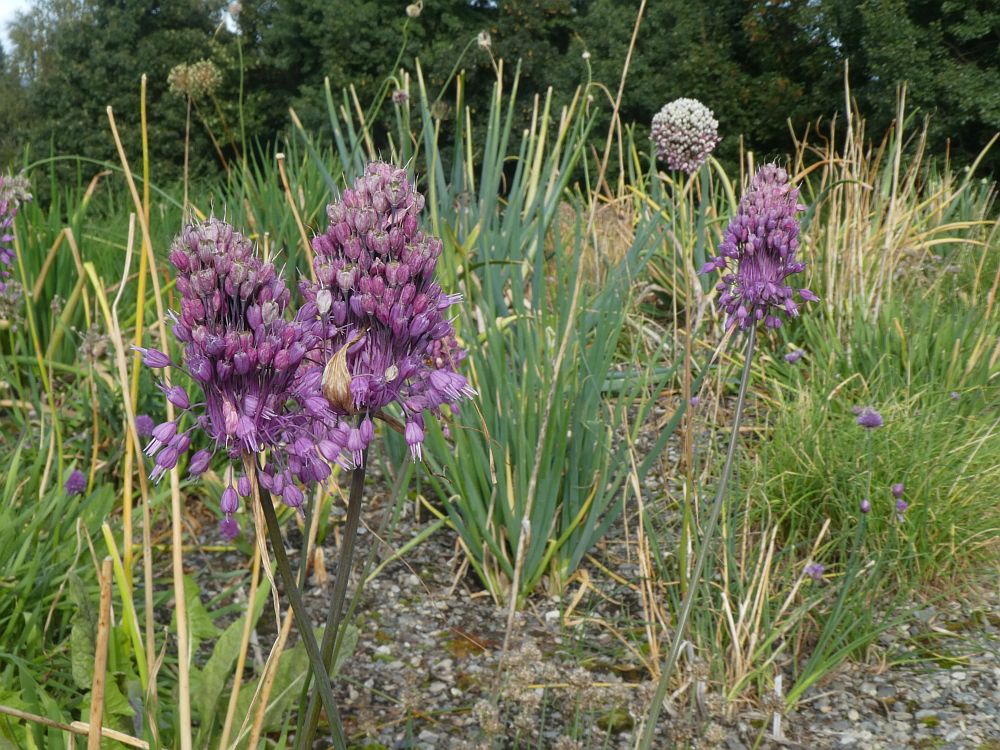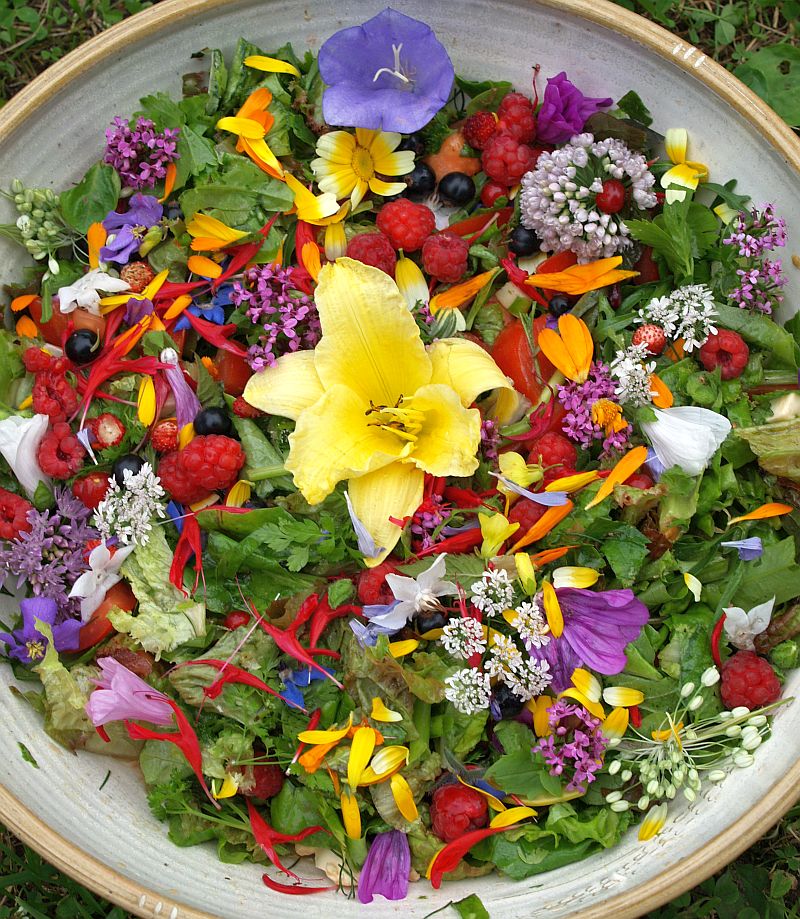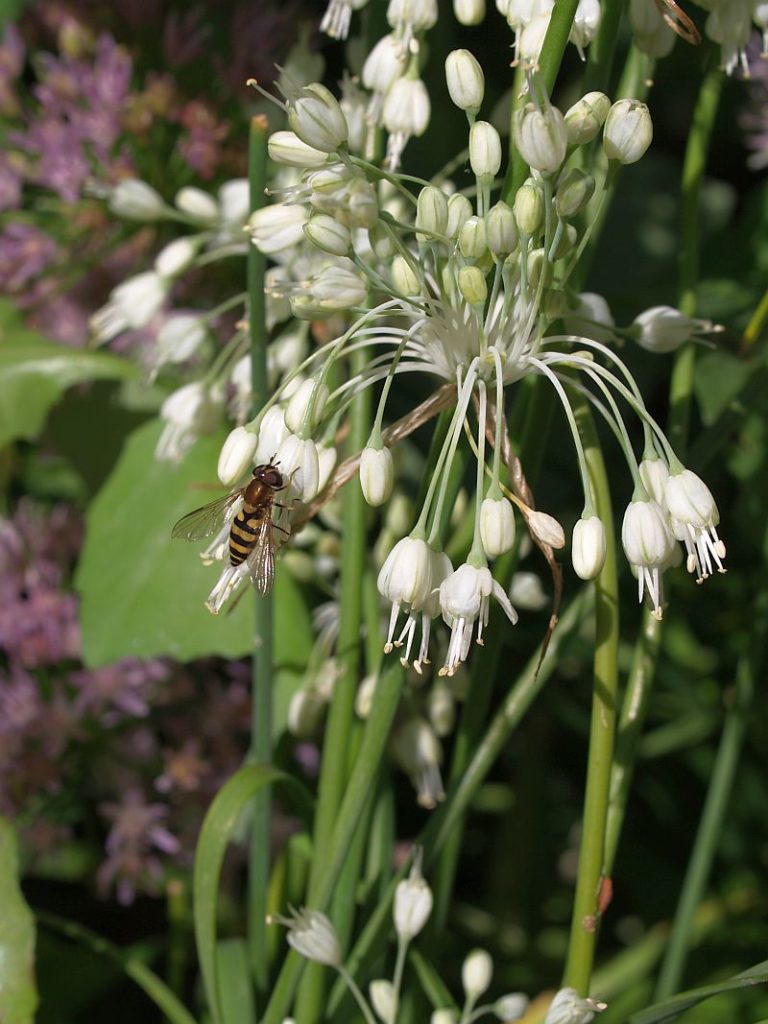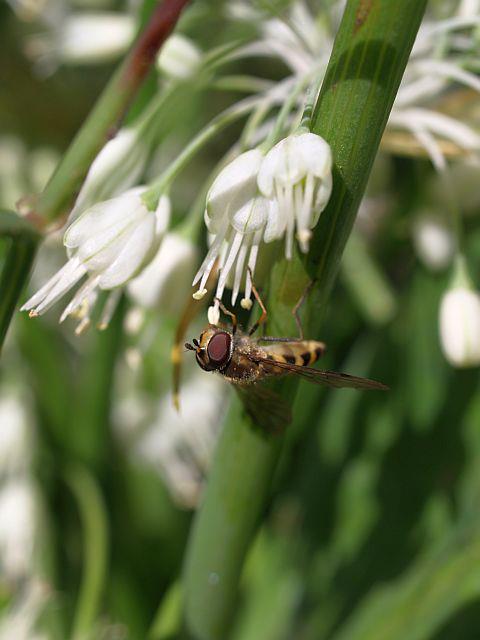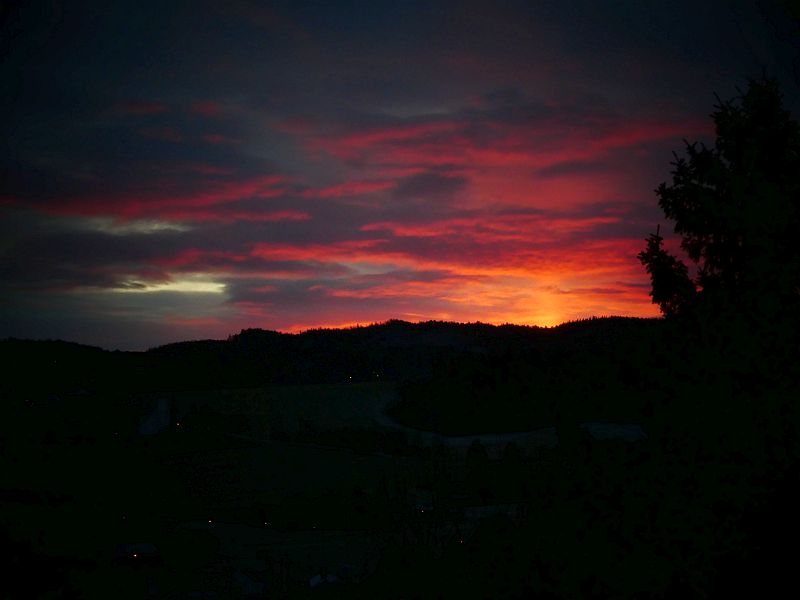With mild weather continuing and no significant frost so far in December and none forecast in the long-term forecast, it’s good times for Jackdaws (kaie) that feed mainly in fields. Despite the very short days with just a few hours of daylight and no sun, they still have time for “play” before flying into the roost at Vikhammer just a km from here. In cold weather they will fly low down where there’s least wind resistence straight into the roost with minimal aerial acrobatics. Here’s 3 films showing flocks of 540 and 700 birds (yes, I counted for recording purposes) flying over the house and another smaller flock that momentarily landed in the neighbour’s large copper beech tree.
Monthly Archives: December 2020
Winter garlic shoots 2020-2021
I started this week sprouting the first garlic bulbils of the winter. Of the garlic varieties I grow, Aleksandra, Estonian Red and Valdres are all very similar (I suspect they may be the same) have the perfect size and number of bulbils for sprouting. I counted 90 bulbils on one typical head this evening. They are planted on ordinary garden soil (picture) and covered with a few cm of sterile soil so that seeds in the soil don’t quickly appear. The pot is put in a kitchen window to sprout and the shoots can be harvested two or three times before they give up.
Some people remove the scapes (flower stems) of hard neck garlic in summer to get a better yield. I have compared the size of garlic on plants with and without removing the scapes and found little or no difference here. I therefore leave the bulbils to develop on most of my plants. For me it maybe adds maybe 50% to the value of the plants, so more than compensates a small yield decrease! The only ones I remove are harvested for the scapes which are delicious in summer stir-fries.
Keeled garlic, a useful winter Allium and edimental in summer
There are Allium species that can be harvested year round in the garden, notably nodding onion / Norw:prærieløk (Allium cernuum) which I’ve blogged about before. In autumn, new shoots of Allium carinatum subsp. pulchellum (keeled garlic / Norw: rosenløk) appear and with the mild weather we’ve been experiencing they’ve already reached about 20 cm high. They are hardy and can survive to at least -20C. It’s now in the autumn that this edimental Allium is most useful. I use the shoots in a similar way to chives (Allium schoenoprasum), which died back some time ago and won’t reappear until spring (unless I force them indoors), in salads, cut and sprinkled on sandwiches, in scrambled egg, quiches etc. I use them from October to April.
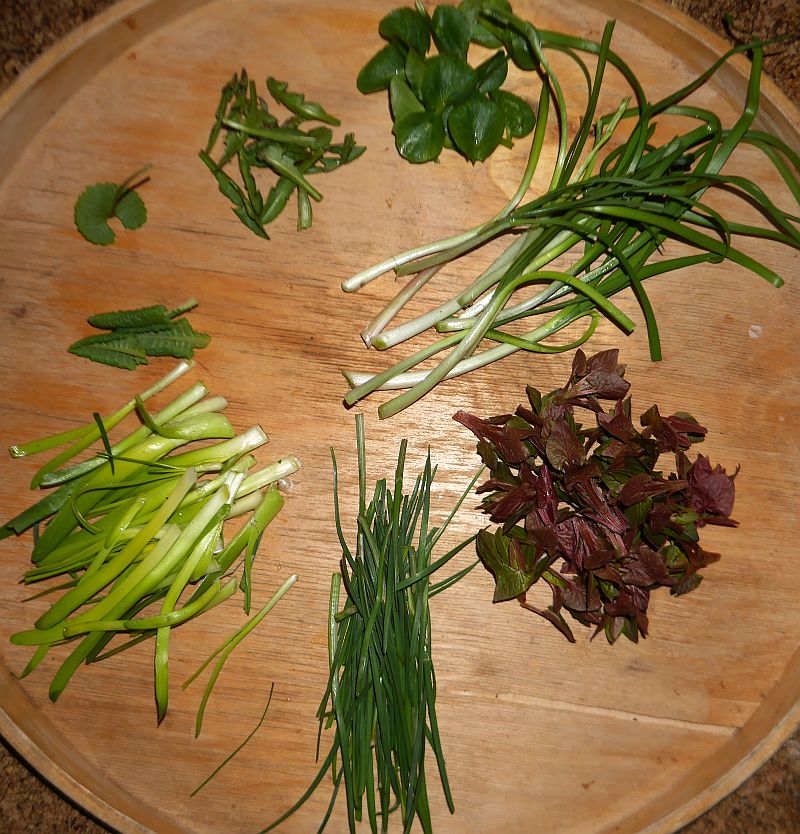
There are two colour forms, pink and white which are particularly valuable as they last such a long time and are popular with pollinators:
There are also forms with bulbils which can be a bit invasive:
You’ll see the flowers used as a tasty decoration in my multi-species salads (bottom right in the picture):
Allium carinatum is also popular with pollinators:
Broad Bean Diversity contributes to Resilience
Broad beans (favas / bondebønner) will easily cross with other varieties that are growing nearby. In order to keep a variety pure, you need to isolate them physically. I’ve chosen a different strategy and manage to maintain a mix of different bean colour and size forms by selecting for these characteristics every autumn. This automatically gives different flower colours too (broad beans are beautiful enough to be included in the edimental category and are also edi-ento-mentals as they are also extremely popular with bumblebees). Here are my selections which I made yesterday after drying the beans for storage. 
Each form will be stored separately and each variety will be planted close to each other in a large block of beans containing many different forms! I think that diversity within a species also contributes to a good harvest with better bean set. I have never had a crop failure using my own home saved mix of beans. I don’t offer the different forms as named varieties, but as a mix or composite “Væres Venner* Mix” through the KVANN / Norwegian Seed Savers yearbook (kvann.no) in February so that others can also select for separate forms!
*Væres Venner is the community garden where most are grown.
See also this post showing the diversity of flowers that produced these beans: https://www.edimentals.com/blog/?p=26183

